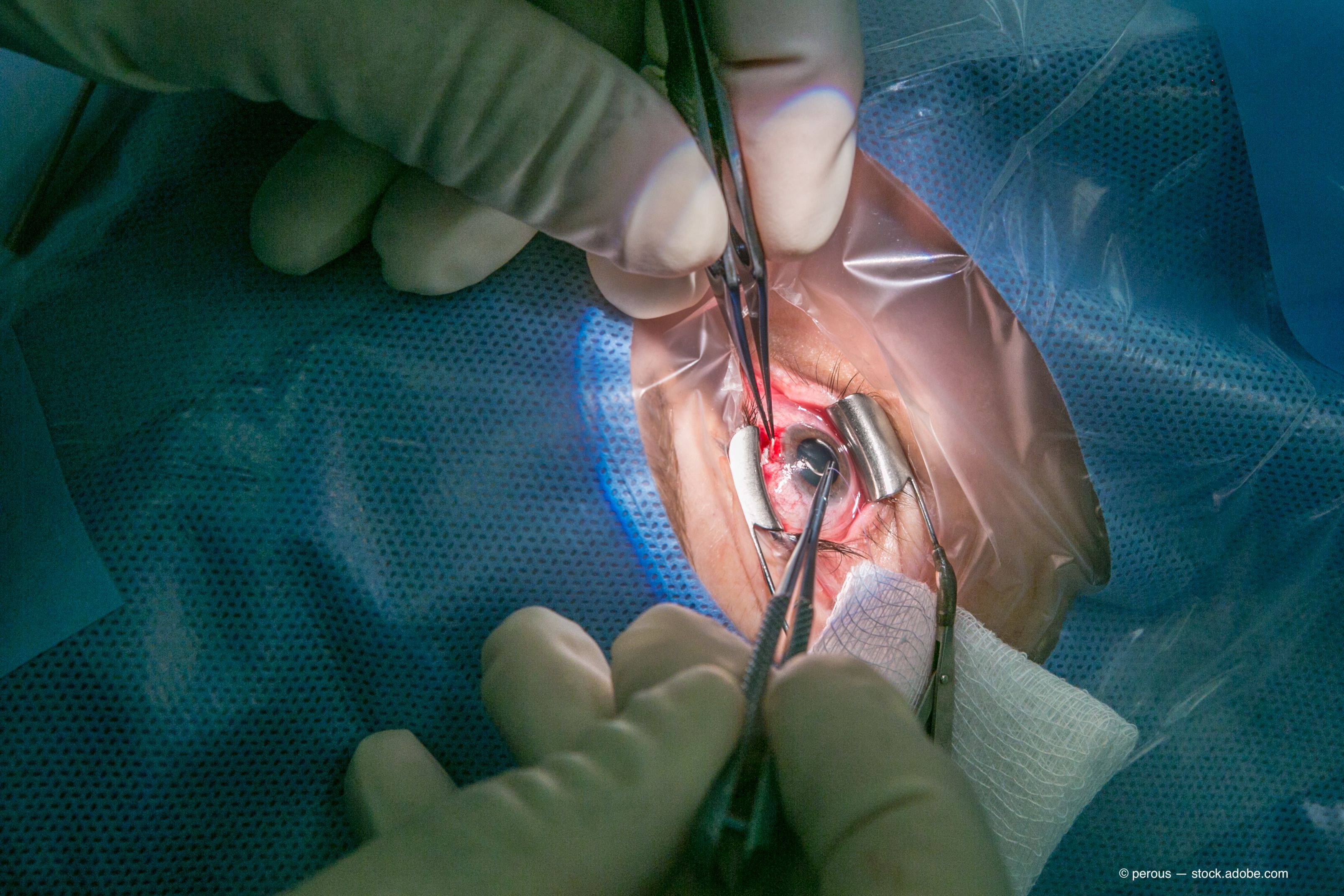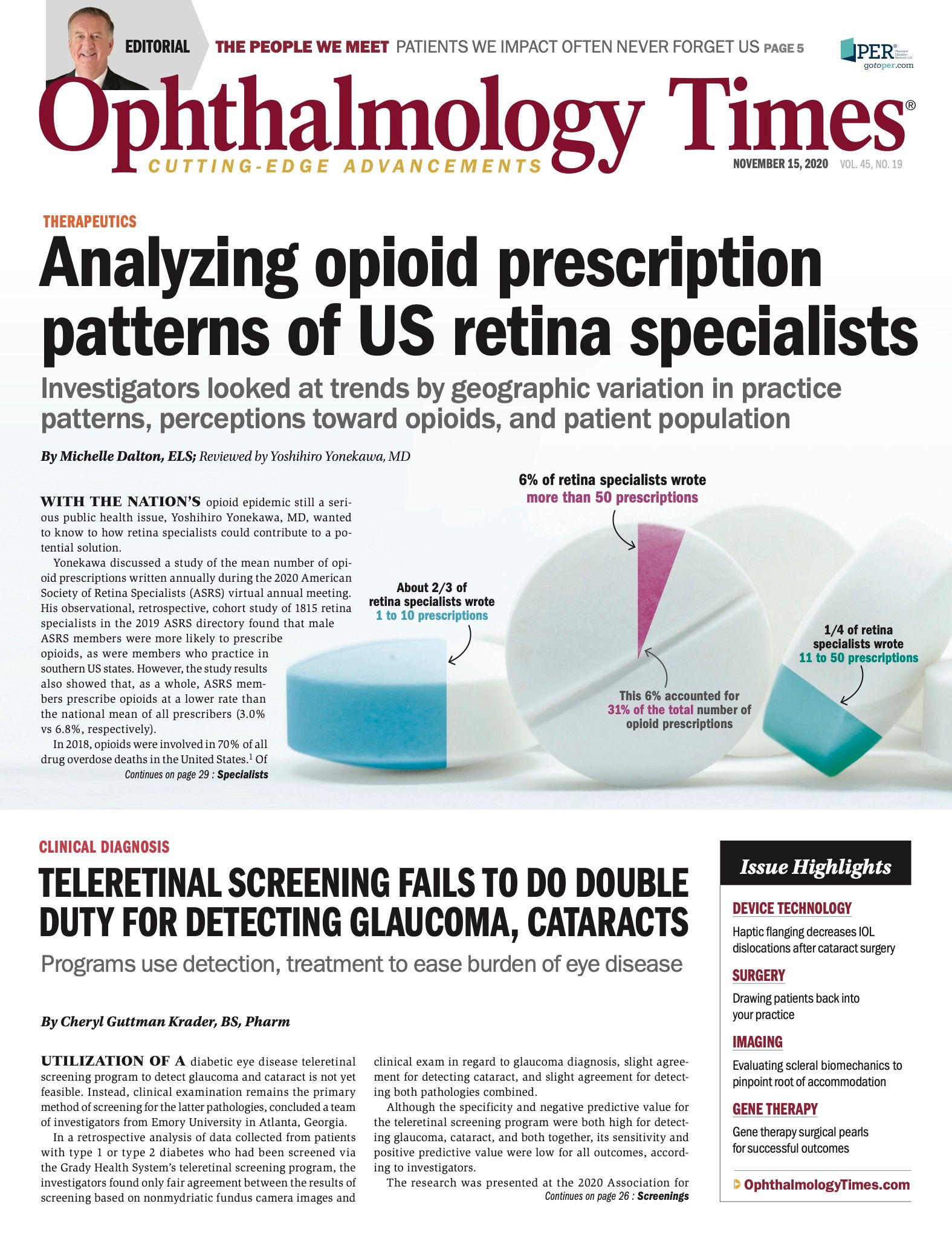Publication
Article
Digital Edition
Evaluating scleral biomechanics to pinpoint root of accommodation
Author(s):
Imaging ciliary muscle details mechanism of accommodation, effects of aging .

This article was reviewed by Ernest Kornmehl, MD, FACS
An early study of changes in scleral biomechanical properties found no correlation between the attenuation coefficient of the sclera and the spherical equivalent refraction.
Because of the small size of the study and the characteristics of the participants, investigators were not convinced of the validity of that finding.
They said evidence suggests myopia may develop because of changes in those scleral biomechanical properties possibly affecting the scleral anatomy and microstructure, and therefore also the scleral scattering properties.
Related: Tattoo you: Scleral tattoos pose threat to eye health
Investigational focus
Gabrielle Monterano Mesquita, PhD, and several colleagues concentrated their research on the imaging of the ciliary muscle to gain a better understanding of the mechanism of accommodation and the effects of aging over time.
Mesquita is a graduate research assistant at the Ophthalmic Biophysics Center, Bascom Palmer Eye Institute at the University of Miami Miller School of Medicine, and the Department of Biomedical Engineering at the University of Miami College of Engineering in Coral Gables, Florida.
Related: Scleral melts: Patching ultimately may prove to be unnecessary
Mesquita said image quality is problematic when imaging the ciliary muscle and sought to overcome this using an optical coherence tomography (OCT) system to image the ciliary muscle transsclerally.
However, because the image quality was a barrier, investigators studied the properties of the tissue being imaged that can be penetrated by the light of the imaging system.
“An important property in this investigation is scleral attenuation, which is scattered light before reaching the ciliary muscle,” Mesquita said.
She demonstrated in images of the ciliary muscle the variations in the amount of scleral attenuation and in the signal strength from the muscle that impedes visualization of the ciliary muscle, especially near the muscle apex.
Related: SS-OCT, SS-OCTA provide useful findings in active ocular toxoplasmosis
The investigators developed a method to measure the attenuation coefficient in the scleral OCT images by subtracting the intensity profile from all the A-lines that pass through the sclera.
Images of the ciliary muscle were obtained from 47 participants (average age, 36.5 years) using the transscleral OCT imaging system. The average scleral attenuation coefficient was 3.21 mm-1, Mesquita said.
Refractive error and age
Investigators wanted to determine whether there was a correlation between the scleral attenuation and the refractive error, because the scleral properties may be associated with myopia development.
They did this using a spectral-domain OCT system with a central wavelength of 1325 nm (axial resolution, 7.5 μm; axial range, 2.5 mm, imaging speed, 28,000 A-lines/second).
Related: SS-OCT, SS-OCTA provide useful findings in active ocular toxoplasmosis
In this study, ciliary muscle images were obtained from 31 participants (average age, 34.9 years; range, 16 to 70 years). The participants had an average spherical equivalent refraction of –2.23 D (range, –10 to +3.6 D).
A rectangular region of interest was identified in the sclera ranging in depth from the episcleral-scleral boundary to the sclera-ciliary muscle boundary and ranging laterally from the apex of the ciliary muscle to the episcleral, Mesquita said.
According to Mesquita, the region of interest contained an average of 229 A-lines in an average area of 0.34 mm x 0.79 mm. The A-lines in the region of interest were averaged to indicate the average intensity profile of the region. The scleral attenuation coefficient was measured on the slope of the linear fit of the intensity profile.
“The scleral attenuation coefficients was an average of 3.05/mm-1,” Mesquita said. “Even though a very weak negative linear relationship was seen, we found no significant correlation between the attenuation coefficient and refractive error.”
Related: OCT-A vs laser speckle contrast imaging
Mesquita said a larger sample is needed and investigators confirmed a subanalysis in a young population to eliminate any effect of a light hyperopia shift that occurs later when myopia stabilizes and presbyopia begins.
When investigators evaluated whether there was a correlation between the scleral attenuation coefficient and age, none was found.
Multivariable linear regression also did not find a relationship between age, attenuation, and refraction.
Investigators plan to study a larger sample of participants with larger distributions of ages and refractive errors to determine with a higher degree of confidence whether there is a correlation.
Read more by Lynda Charters
--
Gabrielle Monterano Mesquita, PhD
e: gabimonterano@hotmail.com
Mesquita has no financial interest in this subject matter

Newsletter
Don’t miss out—get Ophthalmology Times updates on the latest clinical advancements and expert interviews, straight to your inbox.





